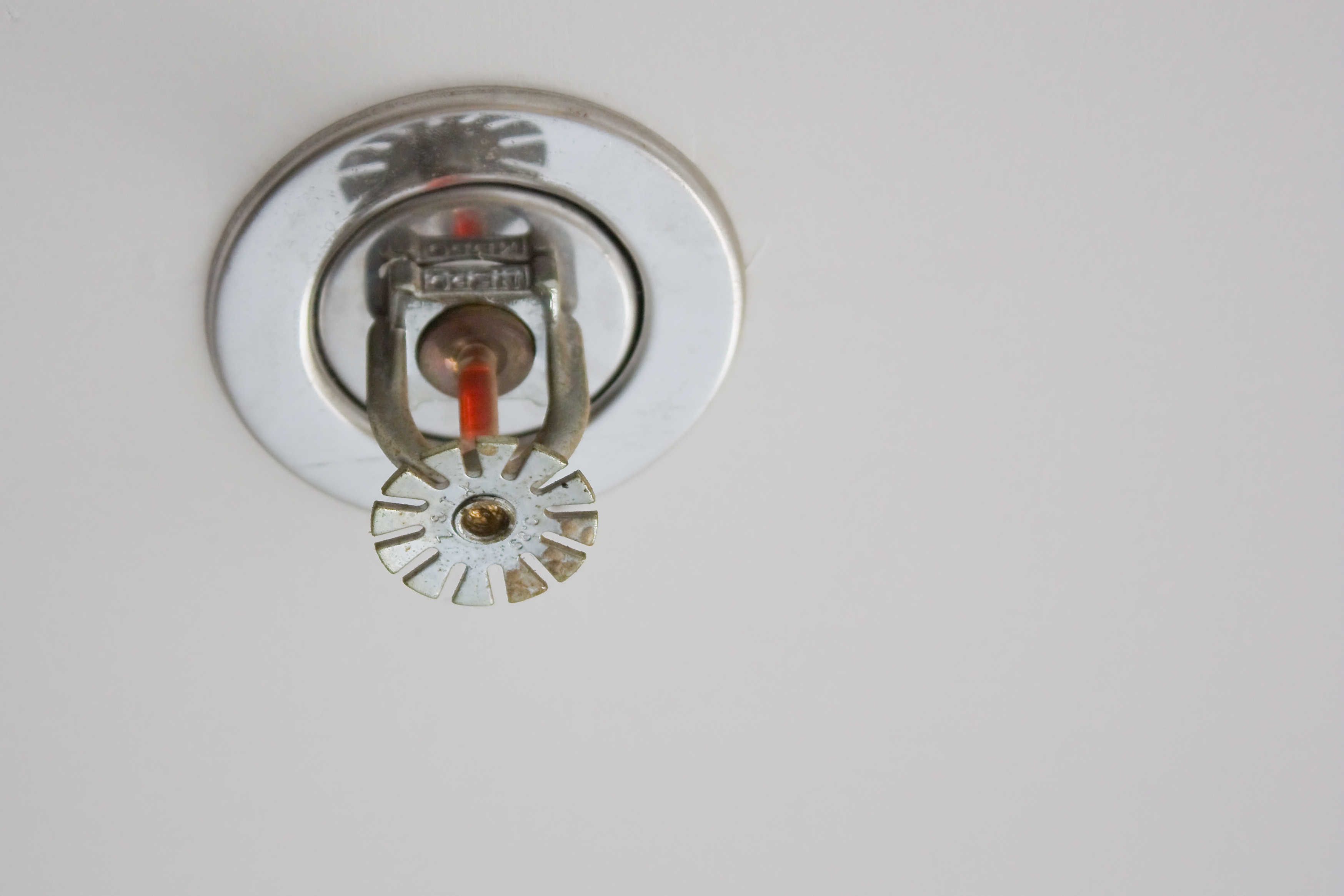Fire safety is a top priority. Uniting equipment and skill development is an ideal solution to enhance fire protection measures. Sprinkler systems and fire brigade training create a unified safety plan to provide reliable defense.
What Are Sprinkler Systems?
Fire protection networks are engineered to activate automatically. These systems activate upon detecting heat to spray water. Each sprinkler head targets the affected area, delivering targeted fire suppression.

Main parts of fire safety networks include:
- Nozzles: Disperse water.
- Piping networks: Ensure consistent flow.
- System monitors: Oversee system activation.
- Primary water supplies: Supply water for effective firefighting.
Como são classificados os chuveiros automáticos?
Why Fire Brigade Training is Essential
Even with advanced fire suppression technology, emergency training is key to comprehensive safety. Team training sessions train employees to act quickly and address complex scenarios.

Core components of fire brigade training include:
- Proactive safety measures: Promoting safety awareness.
- Exit strategy training: Planning organized exits.
- Extinguisher training: Training in using equipment.
- Coordinated responses: Improving team effectiveness.
How Sprinkler Systems and Fire Brigade Training Work Together
Uniting fire suppression tools with trained teams creates a robust fire safety plan. Since sprinklers reduce fire damage, brigade members handle larger threats.

When working as a unit, these strategies save lives in residential buildings, commercial properties, and industrial facilities alike.
Conclusion: Building a Safer Future
Advanced suppression systems and team preparedness offer a comprehensive solution. Equipping buildings with these tools reduces fire risks for all types of emergencies.
Strengthen your fire response plan today by organizing emergency response programs. Preparedness and technology work hand in hand!